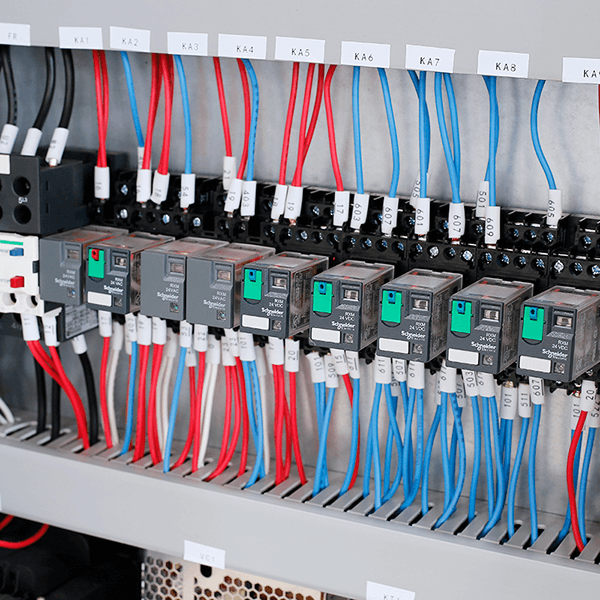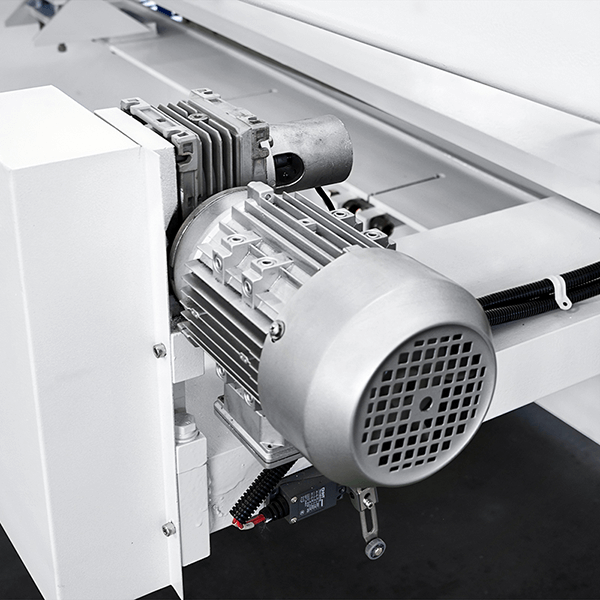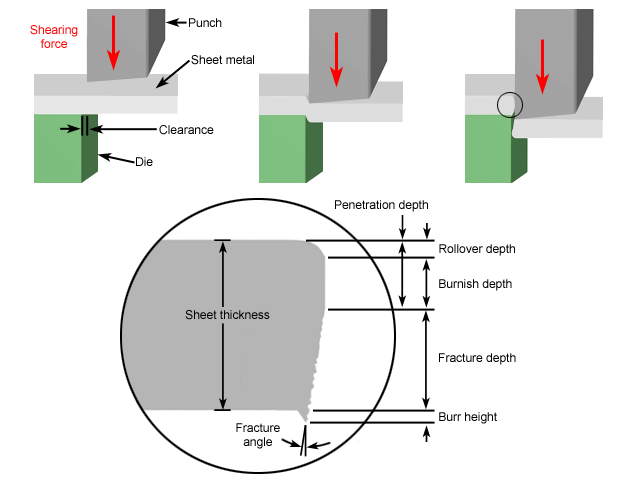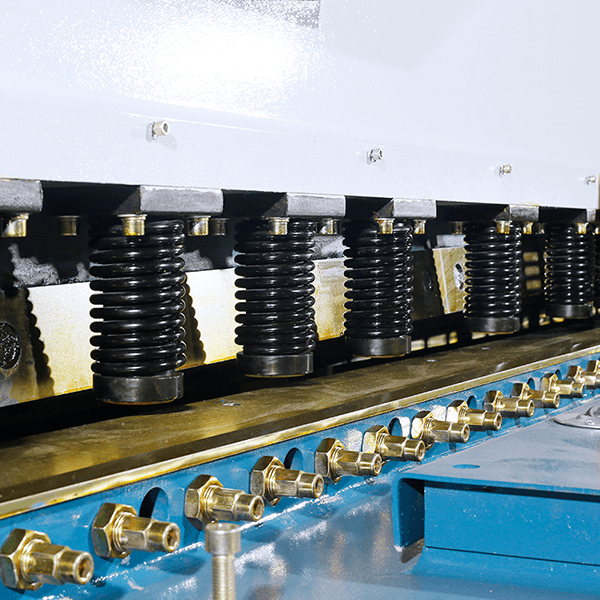Commissioning
Level the shearing machine.
Fill the hydraulic oil tank, open the cover to remove any debris and clean the filter screen, then refill the oil. The type of hydraulic oil to be used depends on the model and region.
Turn on the power, check the power indicator light, activate all emergency stop switches, start the oil pump, and verify that the motor is rotating in the correct direction.
The machine tool operates at a pressure of 25 Mpa. Adjust the machine pressure according to the thickness of the plate.
Lubricate the machine according to the instructions indicated on the machine's label.

Troubleshooting
Oil Circuit:
If the machine suddenly stops working and the blade does not move up or down, first check the machine and oil circuit (solenoid valve) and foot switch.
If no faults are found in the circuit, disassemble the solenoid valve for cleaning.
Back Gauge:
If the two ends of the plate after shearing are inconsistent, check the back gauge connecting rod and see if the screws have fallen off or if the synchronous belt is slipping.
Adjust the screw of the back gauge guide to bring both ends within the acceptable error range.
If the size of the cut material is different from the value displayed on the display, inspect the encoder that connects the flexible shaft to see if it is torn or if the screws are loose.
If the connecting flexible shaft is damaged, replace it and then calibrate the value of the back gauge.

Noise
The machine produces noise during operation. Check the oil pump of the motor for any potential noise.
Also, check the noise of the oil cylinder and return cylinder.
If the machine makes a squeaking sound, check if the ball head of the return cylinder is low on oil and if the cylinder ball head requires oil.
If the pressing cylinder lacks force, add nitrogen at 6-8 MPa.

Adjustment of Blade Edge Clearance
If the blade edge is dull or the blade is not sharp, turn over the blade or replace it promptly.
When adjusting the blade edge, first set the blade edge clearance to the maximum, then gradually decrease it by closing the ball valve.
At this point, the upper and lower blades should be on the same plane. Use a feeler gauge to measure the gap between the blade edges and adjust it through the blade-adjusting screws located on the workbench.

Conclusion
Debugging and troubleshooting of the shearing machine encompasses checks of the oil cylinder, oil circuit, and back gauge, as well as addressing issues such as noise and blade clearance adjustments.
The quality of the shearing machine also plays a role in the cost of repairs and maintenance.
By choosing ADH's shearing machine, you can benefit from time and cost savings, as well as receive high-quality after-sales service.
For more information about our shearing machines, please visit our contact us page.
FAQs
What Is Shearing Mchine?
A plate shearing machine is used to cut metal plates into sheets or strips.
It features a movable upper blade and a fixed lower blade, which are driven by a power device to cut the metal plate at a set gap.
The two main types of shearing machines are hydraulic swing beam and guillotine shearing machines, which vary in blade type and material compatibility.





